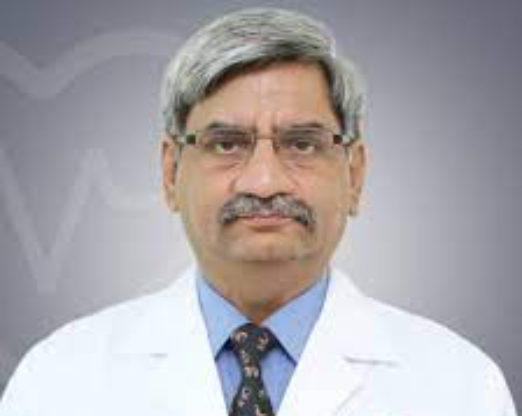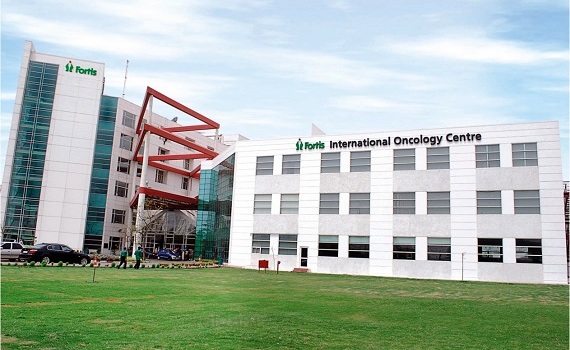Hemimandibulectomy Treatment in India
treatment
starting from
Hemi mandibulectomy
Overview
Hemi mandibulectomy is a type of mandibulectomy, a surgical procedure that aims at removing the mandible or the lower jaw. During hemi mandibulectomy, only half of the lower jaw is extracted. The procedure is predominantly recommended for patients with malignant or benign tumors that develop on the mandible or surrounding structures. The surgery is often followed by prosthetic rehabilitation, which involves the structural and functional restoration of the patient’s lower jaw. The patient will also need therapy for enhancing functions like speech, swallowing and mastication.
Why choose Health Trip?
Health Trip gives you access to the finest healthcare services and facilities in India. You can plan your treatment with experts from various fields while sitting in the comfort of your home and get unparalleled assistance in tailoring your medical trip. India is a hub for blooming healthcare facilities, offering world-class, innovative treatment that is not only budget-friendly but also at par with excellence. With personalized approaches, multidisciplinary techniques and comprehensive care, we will help you walk on the journey to a healthier version of yourself.
What are the indications of hemi mandibulectomy?
Hemi mandibulectomy is a complex surgical intervention that may be performed for any of the following reasons:
Tumors - Mandibular tumors can be both malignant and benign. The former is cancerous in nature whereas the latter are non-cancerous. These are usually classified as odontogenic and nonodontogenic, based on the area in which they originate. The size of the tumor may vary from one person to another, and the cancerous cells can invade the nearby healthy organs and tissues as well.
Infections - Mandibular infection, also referred to as Jawbone infection, is usually the result of an untreated dental cavity, which results in severe bacterial invasion. It usually starts as a minor infection, which often leads to serious complications, without proper medical intervention. Osteomyelitis is the most common mandibular infection.
Necrosis - Jaw necrosis is a condition marked by extreme pain and swelling in the jaw, caused by a wound that is not healing properly.
Injuries - Traumatic joint injuries could be the result of an accident or severe blow, caused by a road traffic accident, physical altercations, industrial mishaps or accidental falls.
What to expect before the procedure?
Before undergoing the procedure, you will be required to go for certain tests and screenings that will help the doctors to thoroughly assess that affected area and curate a proper surgical plan to be followed. You might be required to take some medication and fast, starting a few hours prior to the surgery. An intravenous drip will be administered to give medication and important fluids. Your vitals will also be monitored, and initial readings will be taken.
What happens during the procedure?
- The surgical intervention is performed under the influence of general anesthesia so that you do not feel any pain or discomfort
- Doctors usually follow a chance cervical approach, in which incisions are made on the face and neck of the patient.
- Some patients may also need to undergo lips splitting. This is to give better access to the surgical site to the doctors
- The lesions are carefully removed along with the removal of some healthy tissue lying within the range of 5 mm to 1 cm from the cancerous tissues. This is done to lower the risks of recurrence of cancer
- If there is a cancerous lesion, doctors will first extra the legion along with some soft tissue. This is followed by exposing the hemimandible on the concerned side and removing the teeth that have been affected. Once this is done, the bone structure that lies underneath is carefully cut and removed.
- This is followed by a reconstruction procedure in which bones and tissues, taken from some other areas of the body are used to reconstruct the removed part of the mandible.
- In the case of advanced malignancy, the procedure may be accompanied by other surgical mortality like neck dissection.
What to expect after the procedure?
After the procedure, you will be shifted to the recovery room, where you will be kept under keen observation. You will not be able to eat food for some time, and as such, a feeding tube will be inserted via your nose, in order to administer the medication and liquid food. The time for which you will need this tube depends upon your overall prognosis. You will be required to go for regular follow-ups, involving both physical examination and imaging techniques, to track your progress.
How It Works
Need help in organizing medical travel to India?





